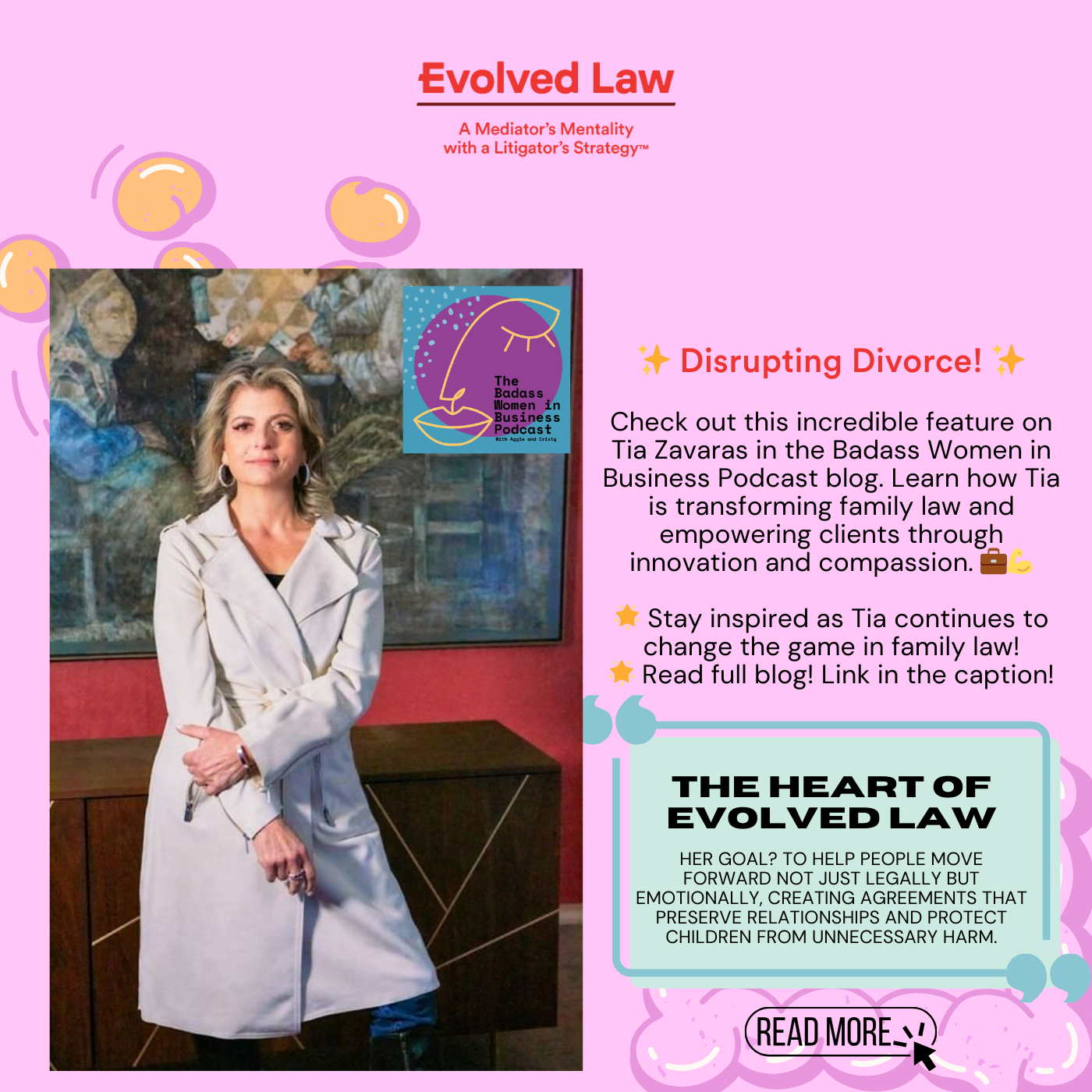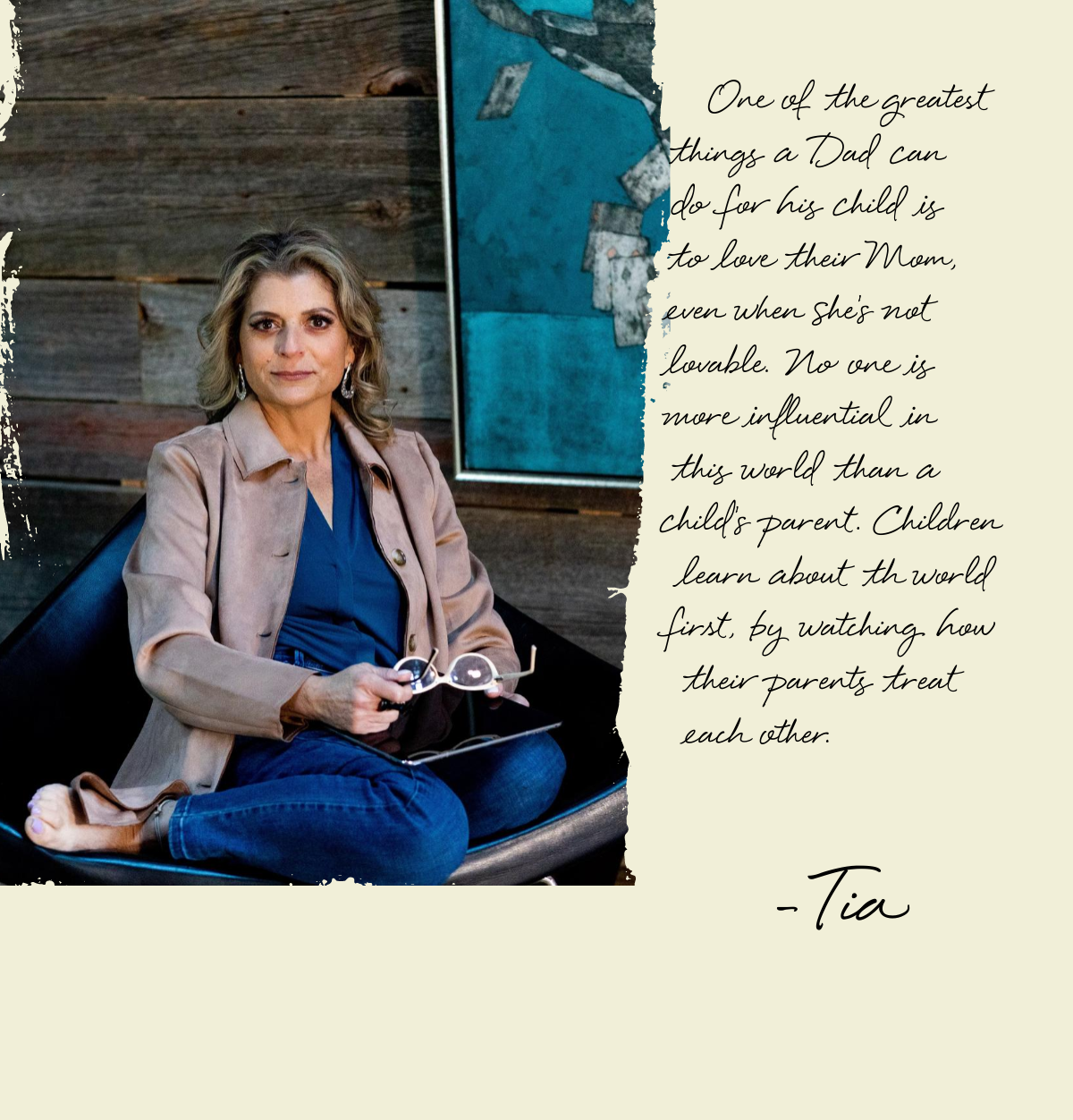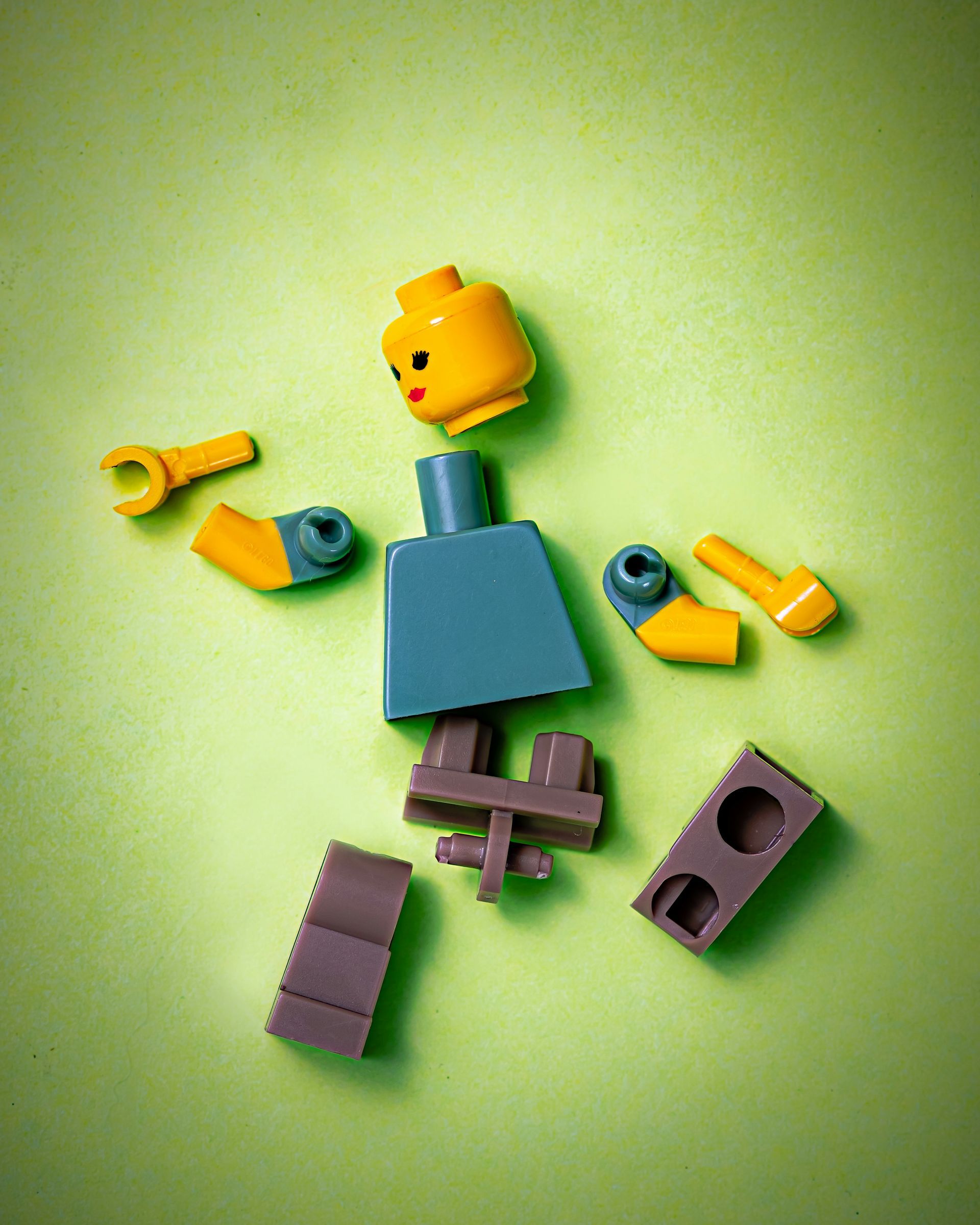Are you a yogi yet? If not, now—while you’re navigating a high-conflict divorce—is a great time to start practicing.
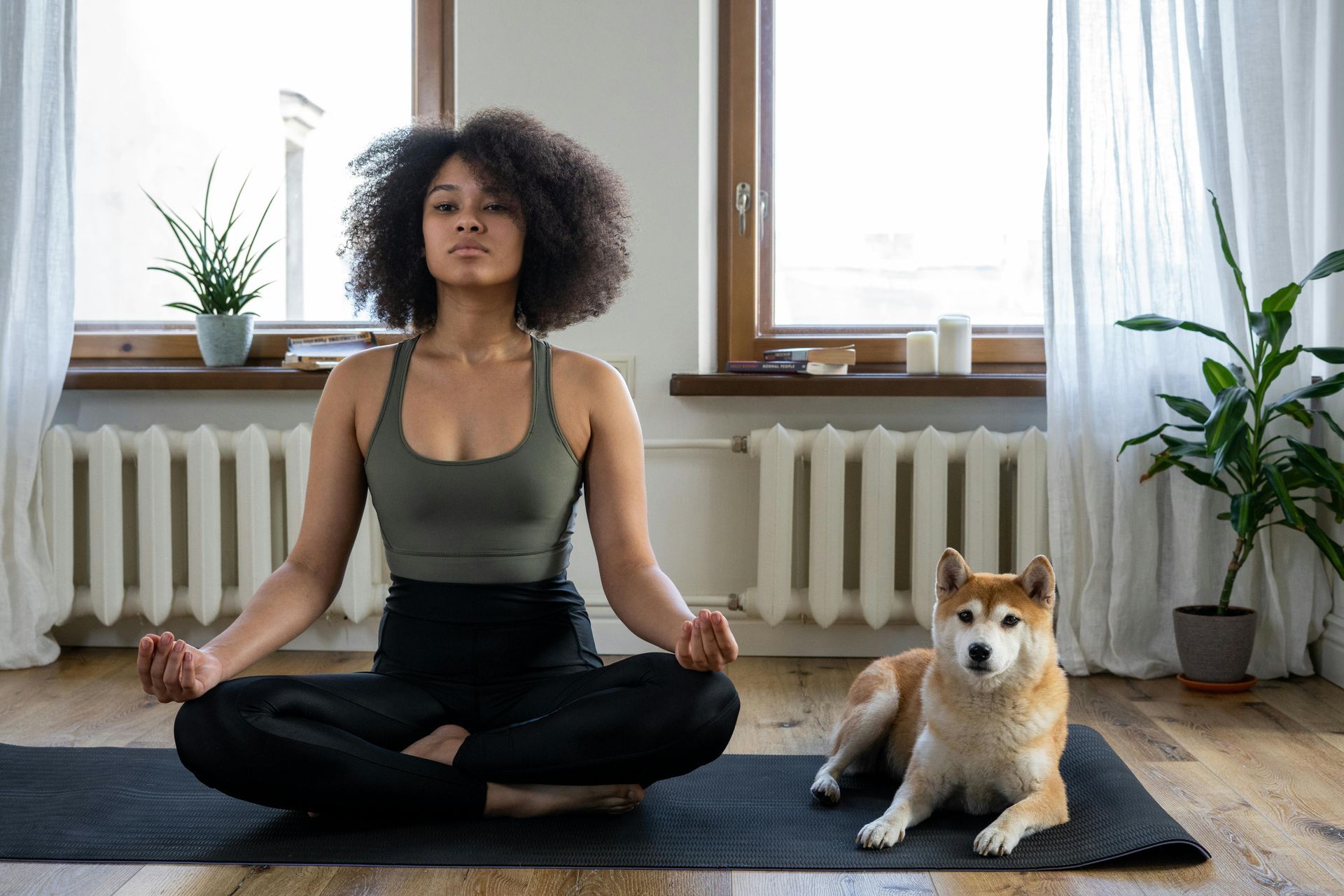
By practicing for just ten minutes every day, you can experience improvements to your physical and mental health that will help you stay connected to who you are through your divorce.
You may already know about the physical
benefits of starting a yoga practice. Yoga can help you improve your strength, balance, flexibility, and more. It can even relieve pain!
But have you considered the emotional benefits? Breathing and movement can calm our nervous systems and our bodies, decreasing anxiety. The physical practice of yoga can boost endorphins, which boosts our mood! These things are more important to you now than ever before.
Remember, only practice the following poses if you are certain you can do so safely. If you are new to yoga, it is best to practice yoga poses under the guidance of an instructor.
Now, on to the poses.
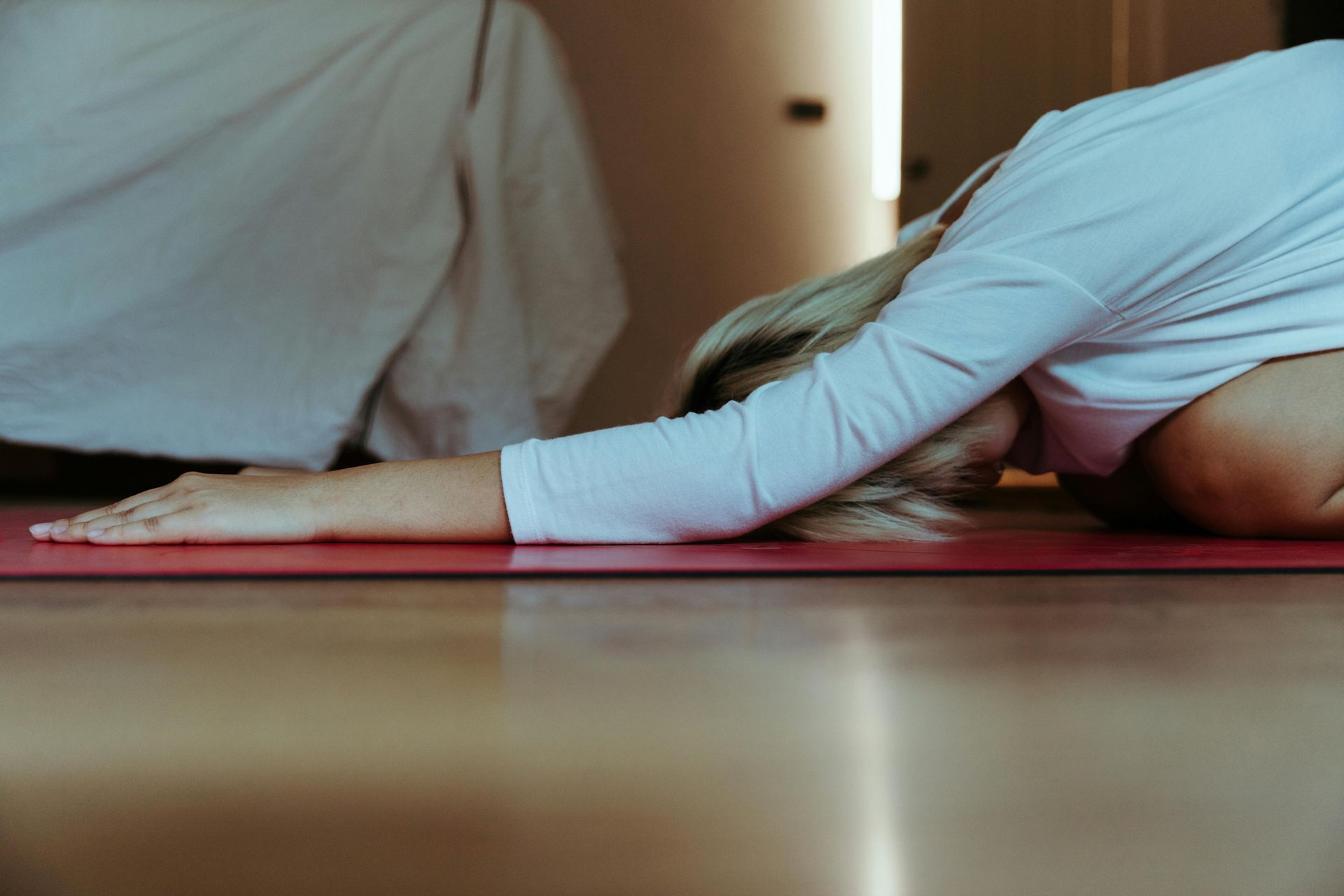
Yoga for Divorce Pose #1: Bālāsana, Child’s Pose
Begin sitting on your shins on your mat, then lower your forehead to the mat and stretch your arms forward. To make the pose active, you can walk your fingers forward as far as you can so you can feel a stretch in your shoulders.
For an easier, more passive and restful pose, you can relax your arms on the mat in front of your head or behind, at your sides.
Child’s pose is a restorative pose of surrender. Focusing on your breathing here can help slow your nervous system and let go of negative emotions.
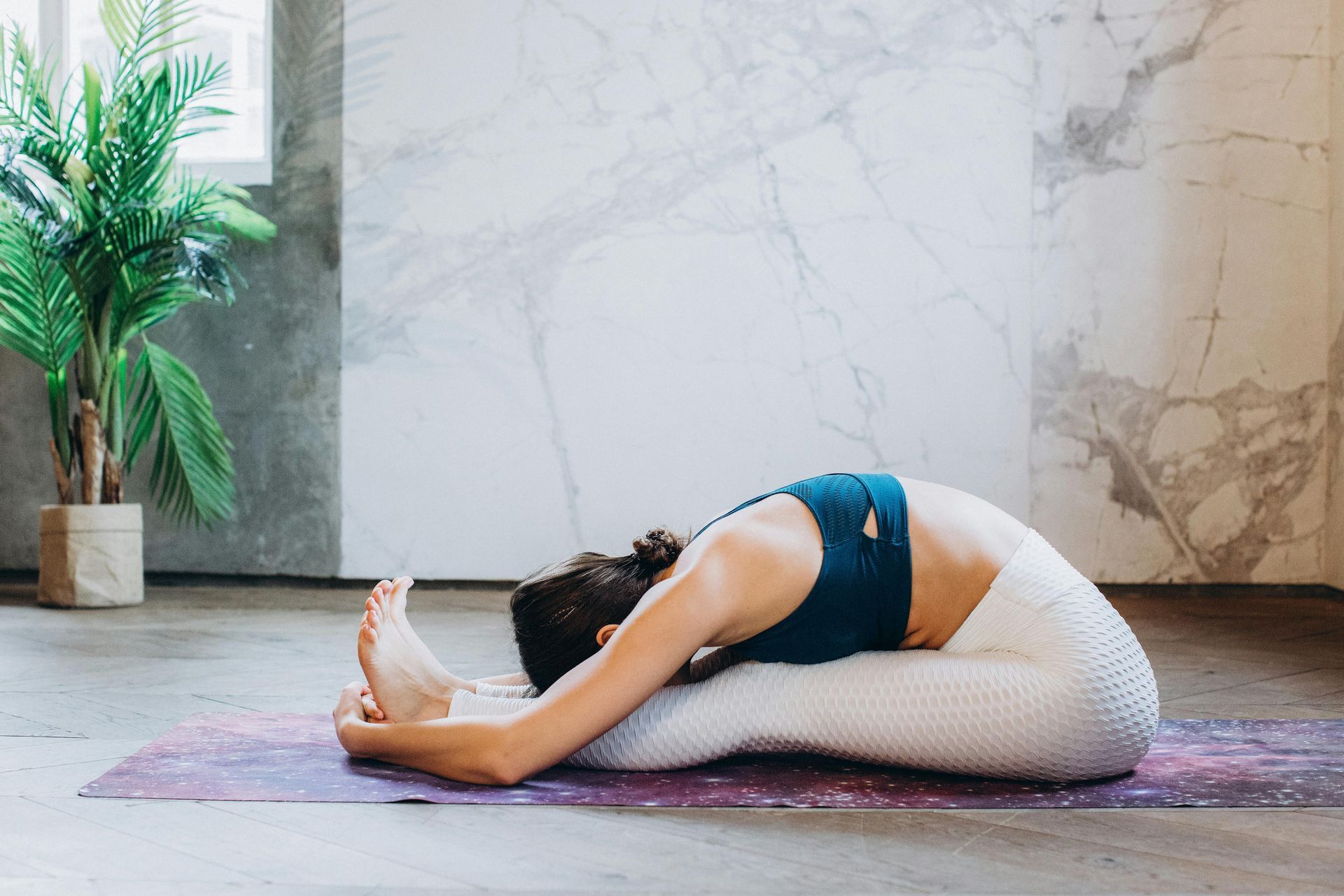
Yoga for Divorce Pose #2: Uttanasana or Paschimottanasana, Forward Fold
Either standing, or sitting with your feet straight out in front of you, open your chest, and bend forward, inching your hands toward your feet. If you’re standing, your feet can be together, hip-width-distance apart, or anywhere in between. Bend your knees as much as you feel you need to, and don’t put any pressure on yourself for your fingers to meet your toes.
This pose will release stress and increase flexibility in your lower back body and continue to help you calm your body and mind.
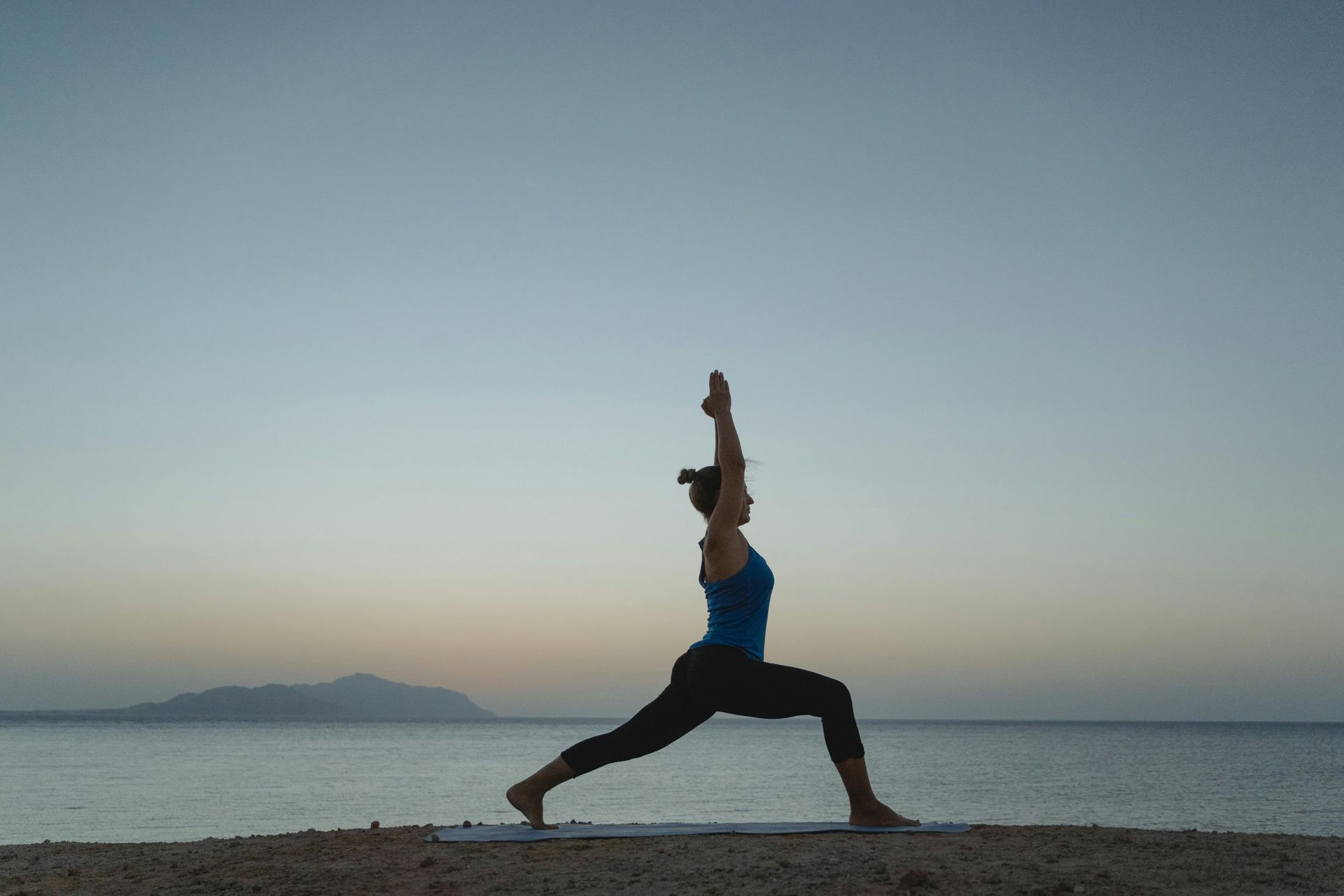
Yoga for Divorce Pose #3: Virabhadrasana, Warrior Pose
There are a few different versions of warrior pose. We’ll focus on Warrior I for now.
Step one foot forward about four feet. Your front foot can be parallel with toes pointing toward the top of the mat. Bend your front knee into a lunge. Keep your back leg straight behind you with your left heel at about 45 degrees.
If this creates too much sensation, you can lower your back knee to the ground.
Your arms can be raised straight above your head, held in prayer position, or anywhere that feels comfortable.
This pose can increase flexibility in your hips and strengthen your lower body. It will remind you that you are a strong, resilient person. Despite the trials of divorce, you can handle whatever’s thrown at you.

Yoga for Divorce Pose #4: Utkatasana, Chair Pose
For chair pose, stand straight up, and simply sit back, putting weight into your heels, as if you’re sitting in a chair. Your arms can raise over your head or stay in a prayer position.
You can also perform this pose against a wall, or sitting in an actual chair. Just make sure you’re breathing mindfully and finding places in your body to soften and relax.
Chair pose will help you develop strength in your core and lower body. Like Warrior 1, this is a pose that may feel uncomfortable at first, but staying in this pose and breathing can help you build stamina and resistance to stress. Believe in yourself!
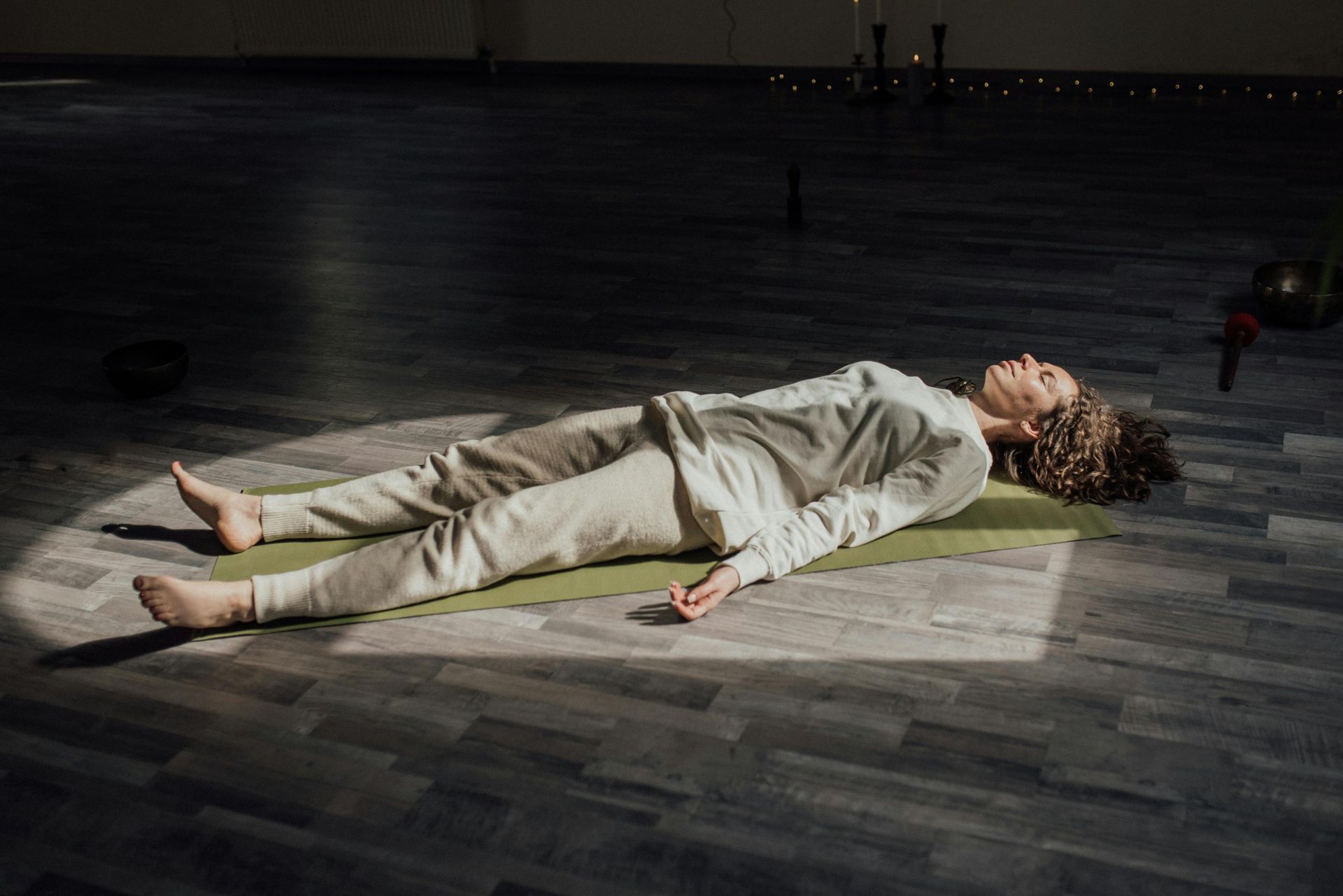
Yoga for Divorce Pose #5: Savasana, Corpse Pose
Lie down on your mat with your legs out wide, and your arms by your side with palms facing up. Close your eyes.
If this is uncomfortable for you, find another lying or seated position that you can hold for 10 breaths or more.
This pose is usually completed at the end of a yoga practice. If you’re navigating a high-conflict divorce, you deserve a rest, and that’s what corpse pose is all about. This is a chance to rest, relax and let the benefits of your yoga practice sink in.
You might be tempted to skip this pose if you’re running to your next lawyer appointment, or if your mind starts wandering to your to-do list, but I recommend that you stay in Corpse pose for at least 10 breaths, or five minutes, if not longer.
I hope these poses feel great and help you feel less tension and anxiety during your high-conflict divorce. If you’re interested in learning more techniques or finding more support, I am here for you!
I would love to help guide you through more conscious, embodied practices like yoga as you navigate your high-conflict divorce.
This content was created by Towards a Better World L.L.C. with recognition that yoga is part of a spiritual tradition which arose over five thousand years ago in the Indus Valley and grievance for those parts of the yoga tradition which have been lost to colonization, empire, appropriation, racism, abuse, caste oppression, patriarchy, exploitation and forgetting.
